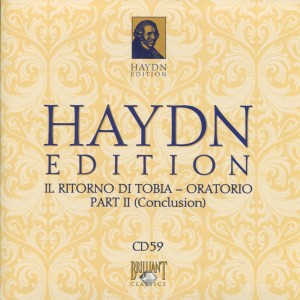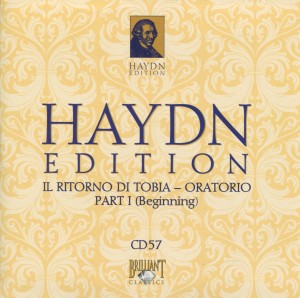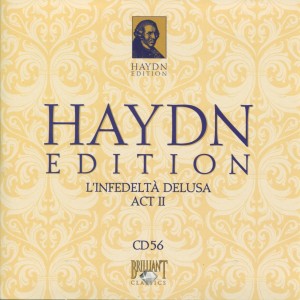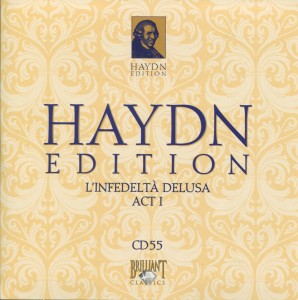 You’d think listening to Part III of Il Ritorno Di Tobia, one of Haydn’s least-played and -recorded oratorios, would be a chore. Especially on Thanksgiving Day, which here in the States, is a big deal.
You’d think listening to Part III of Il Ritorno Di Tobia, one of Haydn’s least-played and -recorded oratorios, would be a chore. Especially on Thanksgiving Day, which here in the States, is a big deal.
And you’d be absolutely right.
Except the longer Haydn’s oratorio goes, the more interesting it becomes.
Before I dive right in, let’s cover the basics again:
Haydn’s oratorio Il Ritorno Di Tobia was composed in 1775.
This recording harkens back to 1971.
Despite the age of this recording (42 years, as of today’s date), I think it sounds as fresh as if it had been recorded last week. (Which is more than what I could say about most of yesterday’s selection. It didn’t sound fresh at all.)
The Cast:
Sarah: Veronika Kincses soprano
Raphael: Magda Kalmar soprano
Anna: Klara Takacs contralto
Tobias: Attila Fulop tenor
Tobit: Zsolt Bende baritone
The Musicians:
Budapest Madrigal Choir
Hungarian State Orchestra
Ferenc Szekeres
Incidentally, I couldn’t find much information on the Budapest Madrigal Choir or Ferenc Szekeres. The Hungarian State Orchestra changed its name to the Hungarian National Philharmonic.
I can tell you soprano Magda Kalmar was 27 when this was recorded. Contralto Klara Takcs was 26. Soprano Veronika Kincses was 23. Tenor Attila Fulop was 29.
Haydn was 43 when he composed Il Ritorno Di Tobia.
Track 2 (“Aria No. 12b: Quel felice nocchier”) features a truly remarkable performance by tenor Attila Fulop as the titular Tobias. He hits notes in this Aria that I didn’t know he had in him. This aria is a tenor’s dream.
Here. Listen for yourself:
The track begins at the 1:56:50 mark in the YouTube clip below. (NOTE: The YouTube clip is the exact same performance to which I’ve been listening. The time coordinates I’m directing you to this morning represent Track 2 on today’s CD.)
Fulop’s voice is outstanding. He elevates this aria to a level at which it becomes something to which I sit up and take notice. I wonder if he’s Continue reading




